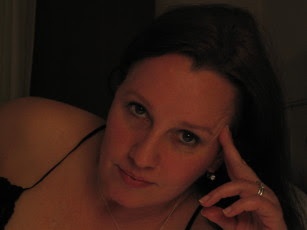
While we're on the subject of the giro hour... Here is a post from my original blog (which can be accessed through my profile on this page). It was published 9 June 2008 under the title
Spritz! (Yuk!).
No matter how long I live here, and no matter what I do, there is one great obstacle that prevents me from ever becoming a true Venetian. And that is this pretty cocktail, affectionately known as a spritz. By twenty-to-one, it’s the preferred drink here at the giro hour, or any other time of day for that matter. I see Venetians knocking these things back like cold water all day long. But a nastier concoction you have never tasted. If they locked me in the dreaded pozze (the “wells” – the darkest, dankest cells of Venice’s old prison) and would not let me out until I downed a spritz, I might well be stuck there for days.
The spritz tradition began early in the nineteenth century, when Austrian occupying troops found Venice’s wines too strong for their taste, so they cut them with water or seltzer. How the jump was made to adding another spirit to the mix is a mystery that no one has yet been able to explain to me. (I think it was probably the influence of an aggressive advertising campaign from the folks at Campari. Remember the gigantic, red neon “CAMPARI” sign that once dominated Lido’s waterfront?)
Today the correct recipe is one part dark red Campari (which tastes like the bitterest, nostril-fuming, miserable cough syrup ever made), one part prosecco (a sparkling wine, very like champagne), and one part seltzer, plus a sour green olive on a skewer and perhaps a lemon twist. (Real Venetians promptly eat the olive and drop the skewer on the ground.) Ice is optional, but if included, it’s minimal. This version is referred to as “bitter,” pronounced “bitta.” “Bitter,” indeed! For those seeking something a little sweeter, there’s also a gentler version called “Aperol,” which features the neon-orange liqueur of that name. Same recipe, but garnished with a slice of blood orange. In some grittier watering holes, the barman skips the prosecco and just fizzes up the hideous alcoholic syrup with a double squirt of seltzer, thus erasing the last trace of the original tradition of cutting wine with water.
As a rule I see older Venetians ordering “bitter,” and students and young people “Aperol.” But I can promise you, either version of this innocent-looking drink is an upchuck waiting to happen. And didn’t we all learn in high school about the disastrous hangover effect of mixing different forms of alcohol? As we say back in Michigan, “Ish!”
There is only one Venetian drink that’s worse than a spritz, and that is the sgroppino, a weird mix of melted lemon sherbet, prosecco, and vodka. Many an old-school restaurateur will proudly present you with a complimentary pony glass of this hateful yellow foam after dinner. Smile and pretend to enjoy a sip, but trust me, do not swallow anymore of it than you absolutely must.






